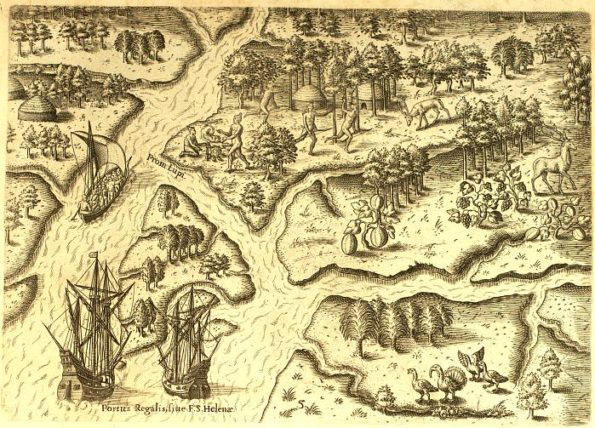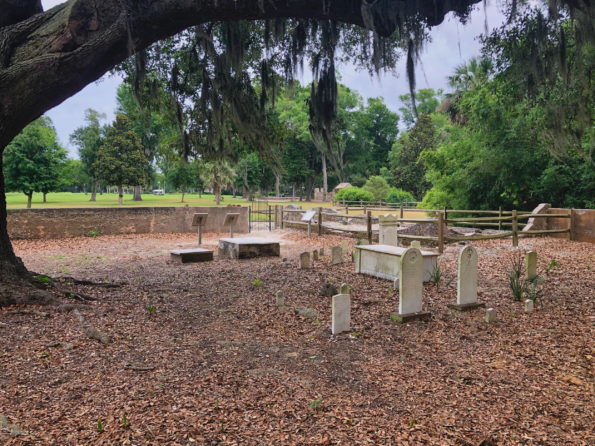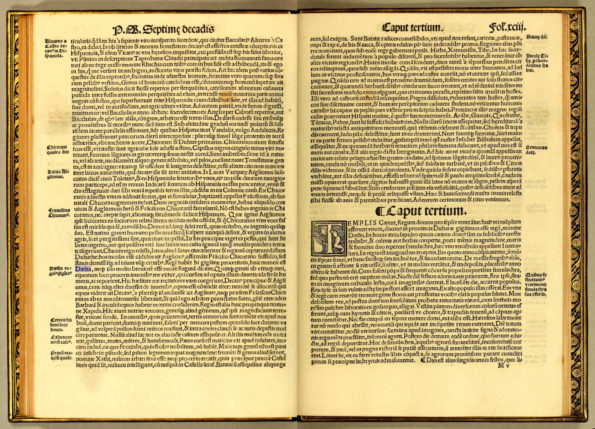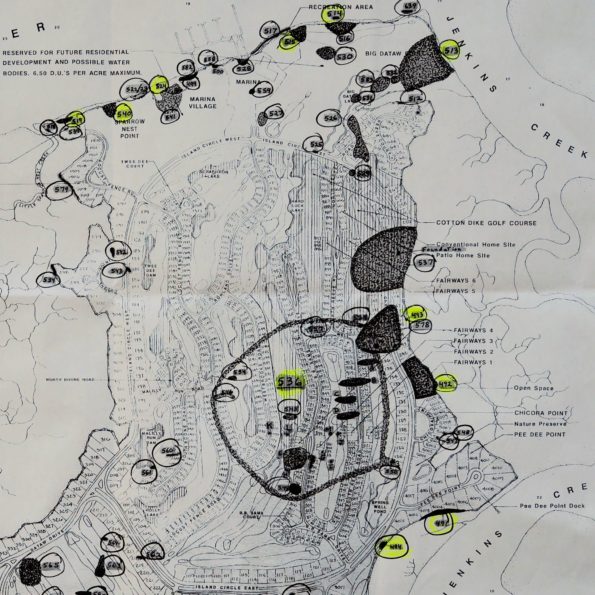Any document that has a map in it has been tagged.
Like all of the United States, the Lowcountry was inhabited by indigenous peoples when Bonum Sams II (1663 ~ 1743) and John Barnwell (1771 – 1724) immigrated here in 1681 and 1701, respectively. Long before William Sams (1747 – 1798) bought Datha Island in 1783, the conflicts between Europeans and American Indians had played out here in the Lowcountry. The American Indians were gone from this corner of South Carolina. It may surprise you to know that nineteen American Indian tribes lived in our area at one time. We are reminded of the American Indians by the river/estuary names even today.
I told you recently about the tripartite plantation house of BB Sams and his wife Elizabeth (Fripp) Sams. These ruins are always the highlight of the DHF docents’ tours to residents and visitors. The other site of interest is the Sams Family Cemetery, a short distance from the ruins. I wrote about this 200-year-old cemetery on Datha Island just two years ago, and there has been an exciting development. Synthesizing the research Teresa (Winters) Bridges (Sams descendant) has done in the last two years with the results of the ground-penetrating radar survey performed in 2005, I can say with confidence that her ancestor John Sams (1769-1798) is buried here on Datha.
For the Sams of Datha Island (19th century name), there is a particular source of their prosperity; Sea Island cotton.
In response to an article about Northern Datha Island, a resident who has lived here thirty years (!) commented, “I have always questioned why ALCOA did not call the Island by its real name: Datha?”
Researching this question took me on a fascinating journey from a Muskogean Indian Chief to the King of Spain to the U.S. Board on Geographic Names. In the end, I can provide this answer; Dataw Island is the name of our development on a sea island in South Carolina called Datha Island.
What’s left for this journey is to explain why our sea island is called Datha Island and why our development is called Dataw Island.

This week I focus on the history of the north half of our island. Datha Island has been inhabited continually from the Late Archaic period (3,000 – 1,000 B.C.) up to the present. I’ll address the prehistoric periods, the Lewis Reeve Sams ownership years, and farming after the Civil War. I am indebted to archaeologist Larry Lepionka and his team for their work back in 1987-1988 to investigate and document the historic sites on Dataw Island. The island would be covered in a forest if left to nature. This is one factor that distinguishes the northern from the southern half of Datha Island. The north half was plowed and cultivated continuously from the mid-1700s to 1960; the southern half was not. The northern half is also where the preponderance of evidence was found for Native American habitation as far back as 3000 B.C. Therefore, where the Native Americans once lived was also the area most disturbed by farming in the 19th and 20th centuries. Kudos go to Lepionka and other archeologists for rediscovering their presence thousands of years before. I’ll explore middens, and then I’ll show you Domino.






